The first official public version of Mac OS X was launched by Apple on March 24, 2001. It wasn't a success at first, but it powered the Mac through the next 19 years until macOS Big Sur.
The fact that OS X launched at all on March 24, 2001, was a relief and felt like an achievement if you were a long-time Mac user. Even though that very first "Cheetah" version, 10.0, lacked features and did not lack bugs, it existed and that wasn't something you could say about Apple's previous OS attempts.
It wasn't just that 1999's Mac OS 9 was hardly a dramatic improvement over 1997's OS 8. It was also that Apple had famously been working on a revolutionary new operating system throughout the '90s.
From Pink and Taligent, through Copland and Gershwin, Apple had repeatedly tried to make a new operating system to keep the Mac up to date. Typically it had multiple versions in the works, some intended to address short-term issues, others to ready the Mac for the future.
When none of these years-long projects led to a shipping product, Apple went shopping for an OS, and ended up buying Steve Jobs back into the company.
Acquiring NeXT and therefore its NeXTSTEP operating system, was what paved the final road to OS X. On the way, it was briefly expected instead to lead to Rhapsody, the codename for an OS that would run classic Mac apps within NeXTSTEP.
The demise of that coincided with the removal of Apple CEO Gil Amelio, and over time his replacement by Steve Jobs. Over a year before OS X Cheetah would ship, Jobs outlined the whole plan for a "gentle migration" over from the classic Mac OS to the new one. And he ended the longstanding issue of different versions of the operating system being worked on at the same time.
Jobs emphasized that OS X was going to be one OS. "We are going to have a single OS strategy at Apple," he said. "We're not going to have a dual or a triple or quadruple OS strategy like some others. We're going to have one OS and that's very important to us."
He summed up the goals Apple had with OS X, but then broke it down even further. The single real aim of OS X, he said, was to "make the next great personal computer operating system."
As outlined then, in January 2000, the schedule was to have seen a year-long rollout. Beta versions of OS X would start in the Spring of that year, then it would go on sale in the summer. And finally, OS X was to begin coming pre-loaded on new Macs from January 2001.
That didn't happen. A Mac OS X Server 1.0 had already shipped by the time Jobs made his announcement, and so had a Developer Preview of the operating system. A public beta came out in September 2000, but OS X Cheetah wasn't released until on March 24, 2001.
Mac OS X Cheetah finally arrives
"Mac OS X is the future of the Mac, and we hope it will delight our customers with its unrivaled power and ease of use," Steve Jobs said in Apple's official announcement. "The Public Beta has generated incredible feedback and support from Mac users and developers, which has helped us to make Mac OS X the most advanced operating system ever."
"[If] you are a Mac fan," wrote David Pogue in the New York Times, "the worrying is over. There's no longer any doubt about Mac OS X's future as the stable, rugged, good-looking platform that will support Apple's enhancements for the next 17 years."
By that time, the original, classic Mac OS had been running for 17 years. Mac OS X would last longer, at 19 years, but it was such a change that it took most of that time for it to stop being seen as the new OS.
Despite his overall praise, Pogue was like every reviewer at the time in how he was looking forward to a forthcoming update that, "is likely to be even faster, smoother and more polished."
That would prove to be September 2001's Mac OS X Puma. It was still slow, compared to OS 9, but it was getting there. And then in August 2002, there was Mac OS X Jaguar.
Just over a year later, it was the turn of Mac OS X Panther. And alongside each year's major update there were periodic smaller ones, addressing bugs and key issues.
What OS X brought to the Mac
Steve Jobs's list of the goals for the first OS X remained at the heart of the operating system throughout. He said it had to have the "best internal plumbing" of any operating system, and that it needed "killer graphics."
"We need to design it for the internet from the start," he continued. "We need to design it in a way that most users who are always plugged into the internet get full benefits."
OS X reached out to the internet, and it also became what Jobs would also refer to as a "digital hub" for our increasingly online lives. It made possible the way that Mac users needed to run multiple apps, and not have any one of them crashing the entire system.
By the time OS X came out, these were less the kind of features that "the next great personal computer operating system" should have, and more the kind that they all had. What was new included how Quartz, the engine for OS X's "killer graphics," was based on PDF.
"What does that mean?" asked Jobs. "You know when you go to the web and you see PDF documents? Well, that technology is now at the core of Mac OS X's graphics. So you can image PDFs instantly. So now all applications get this for free."
It's how, to this day, every Mac app can produce a PDF document without needing a third-party app.
The rest of Cheetah's most visible graphics, the Aqua interface, faded over the years. Photo-realistic icons, brightly-colored buttons, and a brushed metal look all made for a startling sea change from the classic Mac OS, but calmed down through progressive new updates.
OS X did also introduce the Dock, perhaps the most clearly NeXT-influenced element of the operating system. Plus it brought us Mail, TextEdit and what was called Address Book (now known as Contacts).
How OS X progressed at first
The original releases of OS X were half about presenting an entirely new technology, and half about catching up with the classic Mac. The visuals were immediately different, but it took time for the feature set to match — and for the newer OS to be quick enough to be truly usable.
It wasn't until that OS X 10.1 release, Puma, that the new operating system could play DVDs or burn CDs. But then that version was also when iTunes was first bundled, which got OS X ready for the music boom that it both profited from — and helped create.
If you were a Mac user at the time, then the absence of some features and the slowness of others felt very frustrating. But it wasn't really that long before 2002's OS X Jaguar, which was significantly faster.
With the final release of OS 9 coming in December 2001, Jaguar became Apple's only operating system. OS X was on its own and from then on, the operating system gained more features, toned down more "killer graphics," also beefed up security.
OS X has always concentrated on increasing security for its users and for its developers. After Jaguar, Apple introduced Xcode for developers in OS X 10.3, Panther. Before then, developers used any number of different tools to create their software, and now they all had one.
Then in 2004, OS X Tiger added Spotlight, which we still have, and dashboard widgets, which we don't. This was also the version of OS X that saw Apple through its transition from PowerPC to Intel processors.
The refinement of OS X
Seven years after the original Mac was launched, it saw easily its greatest operating system update with the release of System 7. OS X didn't really have one very big change, but around six years after its launch, it did get OS X Leopard.
That arrived in 2007, and brought with it major new features, plus revisions to by-then familiar stalwarts. An immediately obvious visual change was how the Dock was revamped into a 3D shelf.
Then less visible until you accidentally called up the features, there were Expose and Spaces. The former helped visual-minded users see which apps and windows they wanted to switch to. And the latter helped the untidy keep documents on multiple different desktops.
OS X didn't always have the ceaseless annual updates that Apple is still known for, but Leopard was followed by something new. OS X Snow Leopard in 2009 was seen as Apple taking a pause from new features and instead working to shore up all the existing ones.
It's an approach, a brief slow down, that many wish Apple would repeat. The company did duplicate the similar-names idea, with 2011's Lion being followed by 2012's Mountain Lion. But if the Leopard to Snow Leopard was a clever use of names to show progression instead of replacement, by the time of Mountain Lion, Apple had just run out of names.
From the following year, 2013, OS X would move to being named after places in California. Mavericks began the trend, then there was Yosemite, El Capitan, Sierra, High Sierra, Mojave, and Catalina.
Along the way, the name OS X was changed to macOS. And then Apple's Big Sur continued both that macOS name and the convention of being called after a California location. But it also broke a convention.
After 19 years of each update being version 10 point something — all the way up to 10.19 — Big Sur was macOS version 11.
The end of OS X
Apple's macOS Catalina was the product of nearly two decades of development, but it was recognizably still OS X. For all its visual changes, its replacement in 2020, macOS Big Sur, is still recognizably a Mac.
It's the most visually changed version of macOS, yet just as Aqua toned down, so after months of using Big Sur, the differences feel less pronounced. This is the Mac, and there was debate even within Apple over whether it should be version 11 or not.
"It was time," said Craig Federighi on The Talk Show, shortly after the reveal at WWDC in June 2020. "We certainly had a lot of internal discussion on the right moment [to change to 11]."
"And we felt with some of the way in which this operating system is enabling the next phase for the Mac in terms of supporting Apple Silicon, that was a momentous occasion," he continued. "We felt that some of the deep infrastructural changes actually that have happened to enable that transition are also pretty fundamental and so it was the right moment for that symbolic move to 11. We feel it's well deserved."
Including its time under the name macOS, OS X served the Mac from March 24, 2001, to November 12, 2020. That's 19 years, 7 months, and 19 days.
By comparison, from the launch of the Mac to the last release of Mac OS 9.2.2 on December 5, 2001, was 17 years, 10 months, and 11 days.
For surely the majority of Mac users today, OS X is the computing platform they grew up on and it's not going to be forgotten. Mind you, the classic Mac OS still lives on in emulators, too.
Stay on top of all Apple news right from your HomePod. Say, "Hey, Siri, play AppleInsider," and you'll get latest AppleInsider Podcast. Or ask your HomePod mini for "AppleInsider Daily" instead and you'll hear a fast update direct from our news team. And, if you're interested in Apple-centric home automation, say "Hey, Siri, play HomeKit Insider," and you'll be listening to our newest specialized podcast in moments.
 William Gallagher
William Gallagher
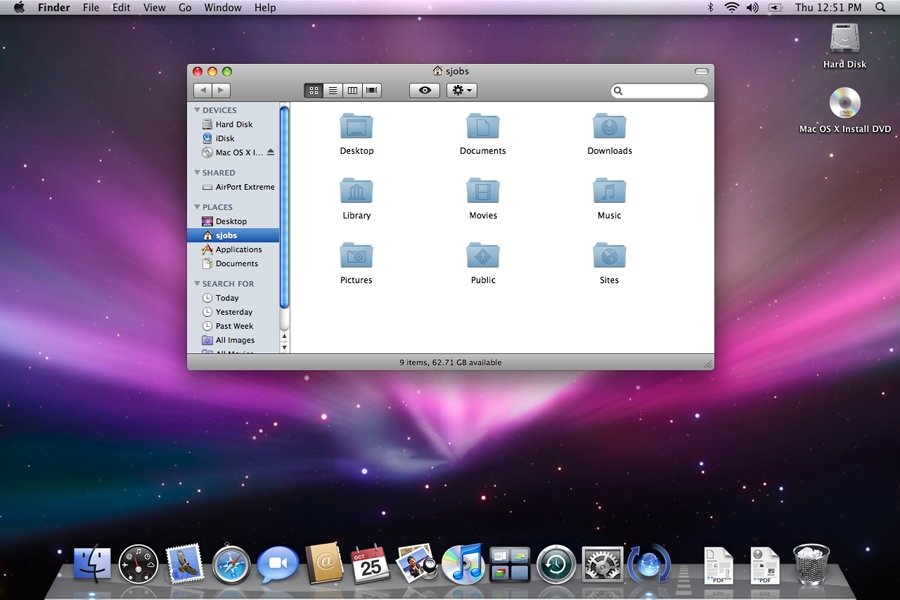







-m.jpg)






 Malcolm Owen
Malcolm Owen
 Wesley Hilliard
Wesley Hilliard



 Christine McKee
Christine McKee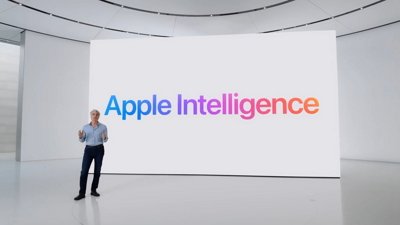
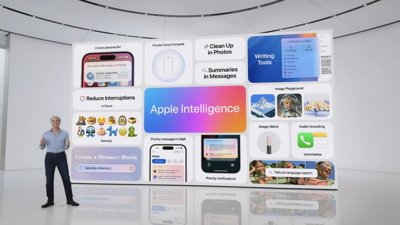
 Amber Neely
Amber Neely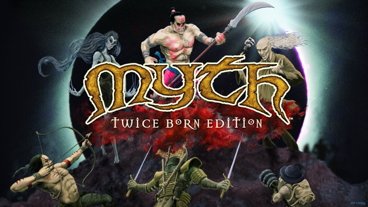

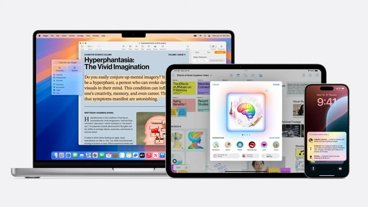


-m.jpg)




23 Comments
Interesting that you suggest that Amelio intended Rhapsody to be what would become the Carbon API (“...
Mac OS X Server was, literally, Rhapsody. So that’s what became of it, as Jobs took over and implemented the dual Carbon and Cocoa API approach to the transition from Mac OS “Classic” to Mac OS X.
Another important and under-appreciated aspect of the timing of transition was the shift to the Unicode standard. Cocoa was Unicode-based, clean and efficient.
Kind of arbitrary to say that "Mac OS X" lasted 19 years, but seemingly base that on the major version number, not the actual name..? It's silly anyway since Big Sur is still just yet another iteration of Mac OS X 10, whatever it's called. It'll probably wind up lasting 30, 40 years.
I was actually working at Apple during the late development of Mac OS X and I remember I found a pretty major bug that almost didn't get fixed in time and almost caused the delay over launch. It was such a big bug that leaders from the top said the developers had to fix it. I also remember the Mac OS X Beer Bash where they gave away free shirts. I'm not sure I still have mine but wow what an interesting time to be a Mac user. I remember thinking how cool Aqua looked but looking back, it was pretty awful by comparison to what we have now :D
Wish they would go back to snow leopard for a few things that just worked better (file structure). It was probably Apples best OS release to date as far as stability.